What are the application areas of new technologies for metal surface treatment?
The new technology of metal surface treatment has been widely applied in many fields, and the following are some of the main application areas:
Aerospace field: Aerospace components need to withstand extreme conditions and have extremely high requirements for metal surface performance. New processing technologies can improve the strength, hardness, wear resistance, corrosion resistance, and high temperature resistance of materials. For example, plasma processing technology can improve the adhesion between metals and coatings, ensuring that coatings do not peel off during high-speed flight and harsh environments; Physical vapor deposition (PVD) technology can form high hardness, low friction coefficient thin films on metal surfaces, improve the wear resistance and fatigue resistance of components, and extend their service life.
In the field of automobile manufacturing, new technologies for metal surface treatment are widely used in components such as automobile engines, bodies, and chassis. For example, chemical plating technology can form a uniform nickel phosphorus alloy coating on the surface of automotive engine components, improving their wear resistance and corrosion resistance, reducing friction losses, and improving engine efficiency; Using femtosecond laser technology to perform micro nano structured treatment on the surface of automotive molds can improve the wettability and demolding performance of the mold surface, enhance the forming quality and production efficiency of automotive components.
In the field of electronic information, metal components require high precision, high performance, and good surface quality. For example, plasma enhanced chemical vapor deposition (PECVD) technology can deposit insulating films such as silicon nitride on metal interconnects of semiconductor chips for passivation and isolation of devices, improving chip performance and reliability; Atomic layer deposition (ALD) technology can precisely control the growth of thin films at the nanoscale, and has important applications in electronic components such as electrodes, barrier layers, and dielectric layers, which can improve the integration and performance of electronic components.
Medical device field: Medical devices have strict requirements for the biocompatibility, corrosion resistance, and antibacterial properties of metal materials. For example, using micro arc oxidation technology to prepare bioactive ceramic coatings on the surface of medical metal materials such as titanium alloys can improve the biocompatibility of the materials, promote the growth and bonding of bone tissue; Some new surface treatment technologies can also introduce antibacterial components such as silver ions on metal surfaces, effectively inhibiting bacterial growth and reducing the risk of infection.
In the field of energy, such as solar, wind, and nuclear energy, new technologies for metal surface treatment also play an important role. For example, in the production of solar panels, magnetron sputtering technology is used to deposit transparent conductive oxide films on metal substrates, which can improve the photoelectric conversion efficiency of the battery; For metal components such as blades and towers of wind turbines, new anti-corrosion coating technologies, such as using graphene modified coatings, can improve their corrosion resistance in harsh outdoor environments and extend their service life.
In the field of architectural decoration, the application of metal materials in architectural decoration is becoming increasingly widespread. New surface treatment technologies can endow metal materials with rich colors, luster, and texture, while improving their weather resistance and corrosion resistance. For example, vacuum coating technology can form various colored coatings on the surfaces of metal doors, windows, curtain walls, etc., such as gold, silver, bronze, etc., which are not only beautiful, but also effectively prevent metal rusting and fading; By using new spraying technologies such as fluorocarbon spraying, a highly weather resistant coating can be formed on the surface of metal building components, enabling them to maintain good appearance and performance for a long time.
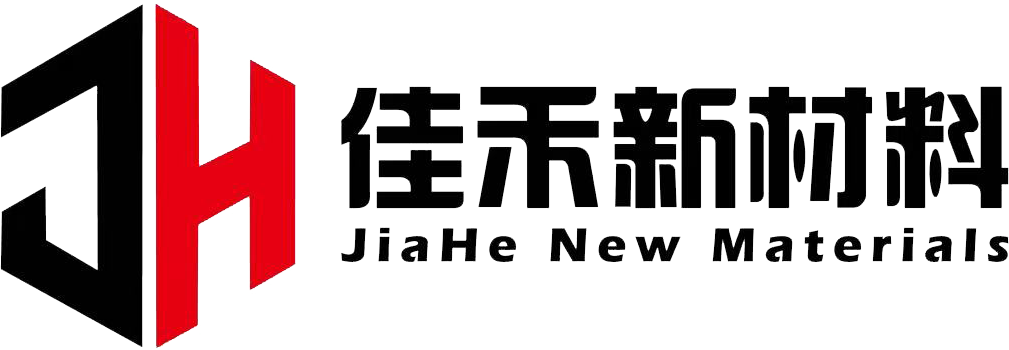


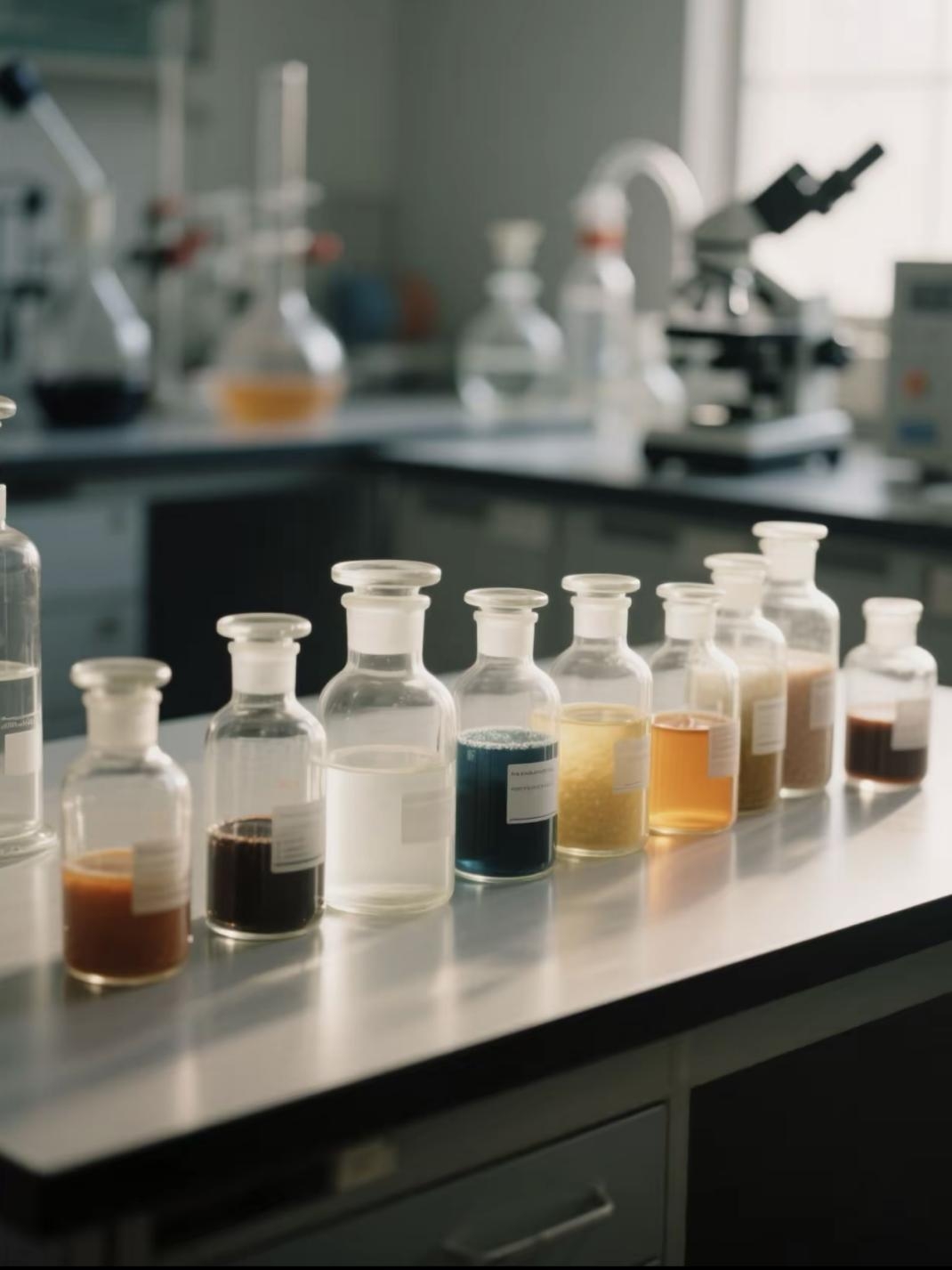
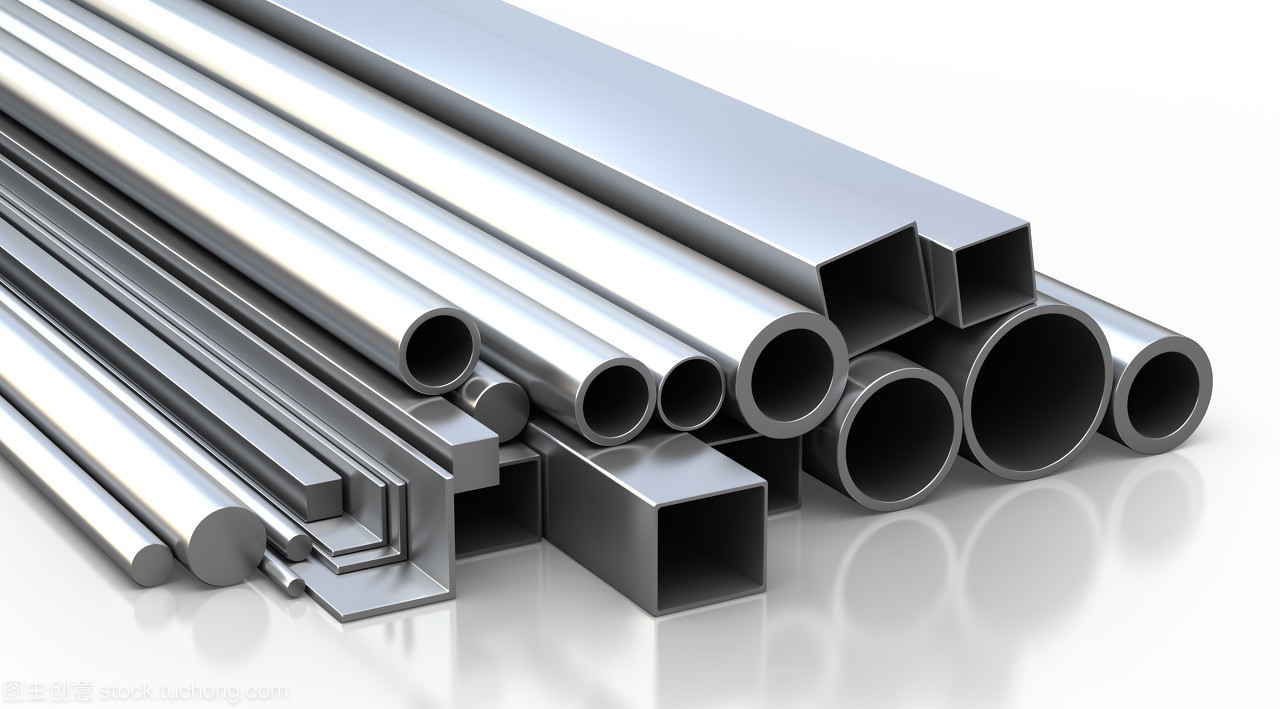

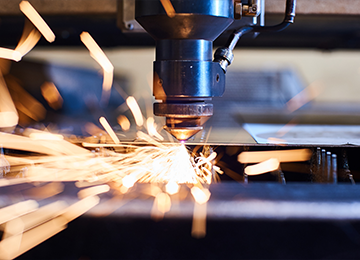
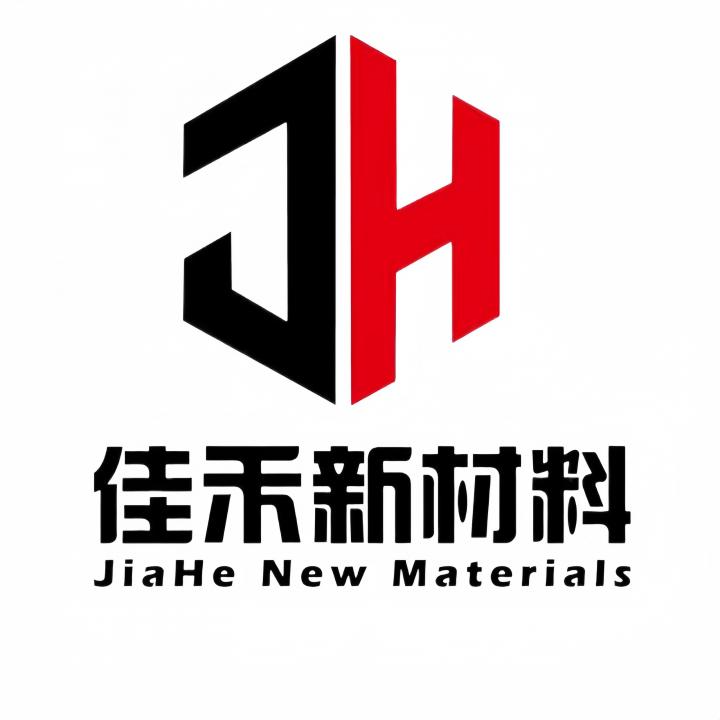




First, please LoginComment after ~